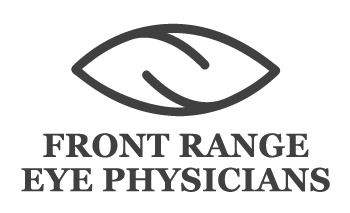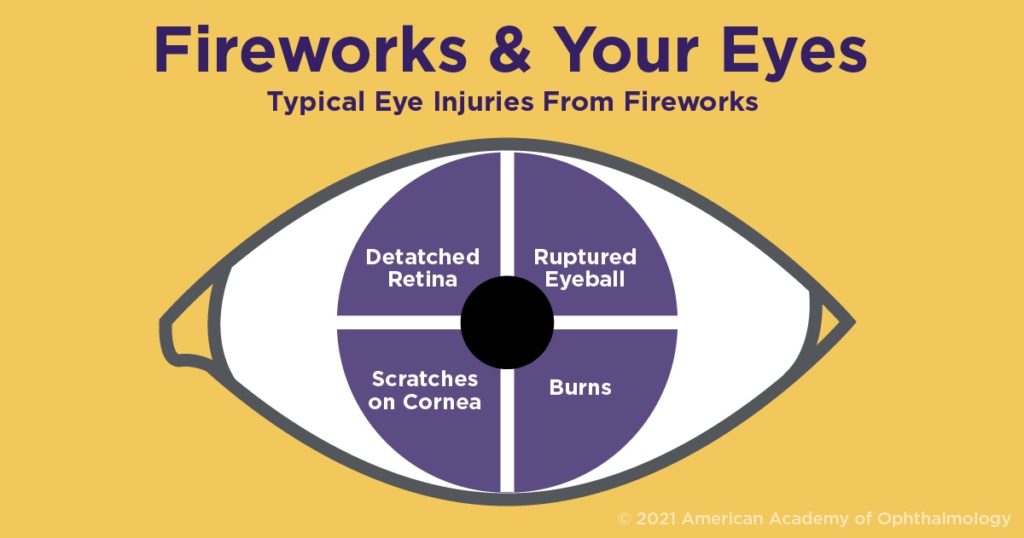Author: Dana Karbassi
Americans spend hundreds of millions of dollars annually on consumer fireworks, which cause more than 9,000 injuries a year. With the Fourth of July holiday just weeks away, the American Academy of Ophthalmology is reminding the public that fireworks are not toys but incendiary devices that can cause devastating eye injuries.
Cataract is one of the leading causes of blindness in the United States. If not treated, cataracts can lead to blindness. In addition, the longer cataracts are left untreated, the more difficult it can be to successfully remove the cataract and restore vision. During Cataract Awareness Month in June, the American Academy of Ophthalmology reminds the public that early detection and treatment of cataracts is critical to preserving sight. Our FAQ section has more info and resources on eye care & vision health. Please give us a call and consult with one of our eye doctors in Longmont if you are experiencing any issues with your vision.
What You Don’t Know About Fireworks Can Cost You Your Sight
- Myth #1: Consumer fireworks are harmless. Fireworks can cause blinding eye injuries such as chemical and thermal burns, corneal abrasions or retinal detachment. If you live in a state where consumer fireworks are legal and have plans to use them, wear eye protection.
- Myth #2: Sparklers are made for kids and aren’t dangerous. Don’t let their small size fool you; sparklers burn at more than 2,000 degrees Fahrenheit. That’s hot enough to melt certain metals.
- Myth #3: Duds are harmless. Malfunctioning fireworks should be handled with caution. Do not try to relight faulty fireworks. Instead, soak it in water and throw the dud away.
- Myth #4: Only those handling the fireworks are at risk. The majority of firework-related eye injuries happen to bystanders. Watch fireworks from at least 500 feet away and make sure everyone is wearing eye protection.
Three Things Patients Should Know About Cataracts
- Age isn’t the only risk factor for cataracts. Though most everyone will develop cataracts with age, recent studies show that lifestyle and behavior can influence when and how severely you develop cataracts. Diabetes, extensive exposure to sunlight, smoking, obesity, high blood pressure and certain ethnicities have all been linked to increased risk of cataracts. Eye injuries, prior eye surgery and long-term use of steroid medication can also result in cataracts. If you have any of these or other risk factors, talk to an ophthalmologist.
- Cataracts cannot be prevented, but you can lower your risk. Wearing UV-blocking sunglasses and brimmed hats when outside can help. Several studies suggest that eating more vitamin C-rich foods may delay how fast cataracts form. Also, avoid smoking cigarettes, which have been shown to increase the risk of cataract development.
- Surgery may help improve more than just your vision. During the procedure, the natural clouded lens is replaced with an artificial lens called an intraocular lens, which should improve your vision significantly. Patients have a variety of lenses to choose from, each with different benefits. Studies have shown that cataract surgery can improve quality of life and reduce the risk of falling. If cataracts are interfering with your ability to see well, consider asking your ophthalmologist about cataract surgery.



